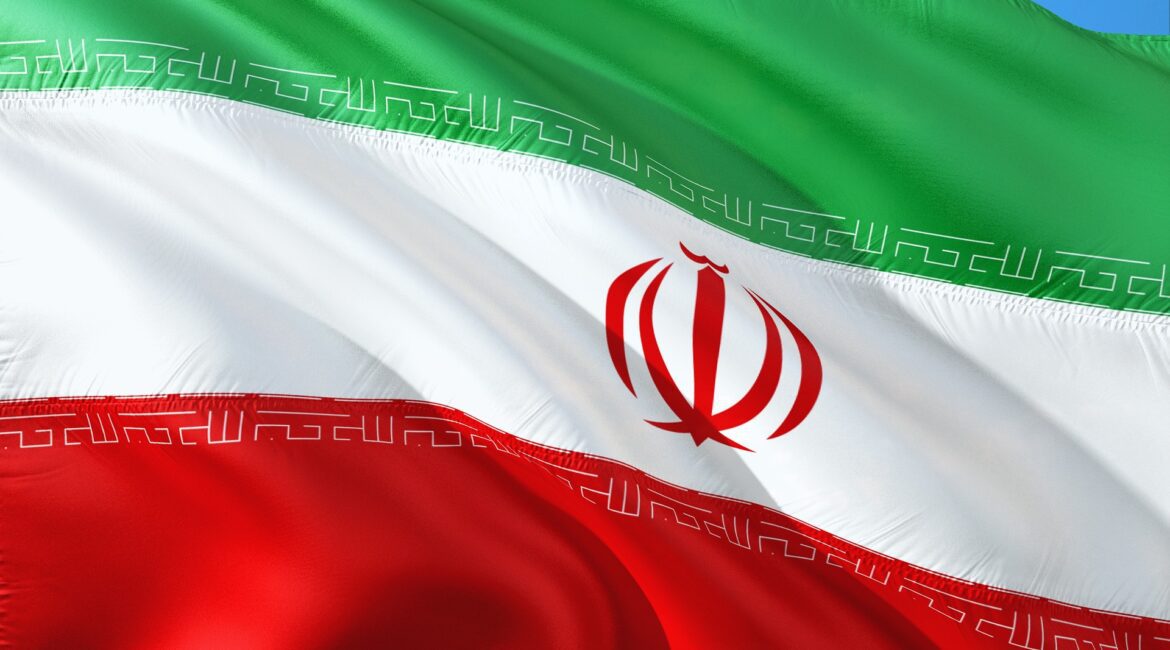It is understandable that foreign dignitaries and officials would attend the swearing-in ceremony of a UN member state’s president, as what happened during the swearing-in ceremony of Ebrahim Raisi as President of Iran. This is normal practice, regardless with those guests are from friendly states or not; however, there were three things that must not be overlooked:
1- Raisi may not be just a president functioning in the shadow of the supreme leader and his “authority”, as was the case with his predecessors like Mohammad Khatami, Mahmoud Ahmadinejad and Hassan Rouhani; but is the candidate of the conservative wing in the regime – including the Revolutionary Guards (IRGC) – for the post of supreme leader himself. Thus, Raisi is a president armed with influence never enjoyed by his predecessors. More to the point, ex-president Ahmadinejad was “disqualified” as a candidate in the elections which ended - as was unanimously expected - with Raisi’s victory.
2- Raisi assumes the post as the nuclear negotiations continue in Vienna. Moreover, these negotiations are taking place during the terms of an American and a French president, who both greatly seek cordial relations with Tehran, four years after former US President Donald Trump unilaterally withdrew from the JCPOA agreement. In addition, the current Democratic US administration seems to be returning to Barack Obama’s Middle East policies given that Iran’s file is now in the hands of Dr. Robert Malley, who is one Tehran’s best “friends” in Washington.
3- Tehran looks committed to highlight its influence in the Middle East before the whole world. This why it showcased in the forefront of its international guests, representatives of proxy groups under Iranian command, organizationally, financially, militarily and politically. In this parade of friends and henchmen, the Iranian leadership sent a clear message that it actually controls no less than four Arab capitals; in addition to its “friendly” relations with other Arab capitals that do not mind Iran’s hegemony over the region under the slogans of “Resistance”, “Rejection” and “the Liberation of Palestine”.
On the last point, it is worth touching on how the international community assesses and foresees Iran under its new president. This is important because one side of parading its “friends” and henchmen Iran is telling the West, as well as the East – as represented by Tehran’s tactical allies Russia and China – that it is now the centre of regional decision-making. Thus, any strategy connected to the Middle East, including its resources, territories, and international waterways must pass through Tehran. In its message, Iran is making it clear that this is the case in the Arab Mashreq (Iraq, Syria, Lebanon and Gaza) as well as Yemen, without being absent from either the Arabian Gulf or North Africa either. Furthermore, it has adapted to its huge economic problems by rushing forward, and exploiting intersecting interests with Moscow and Beijing against the “common enemy”, Washington.
Add to the above, the Iranian leadership is now presenting itself as reliable “ally” in the undeclared but always handy “alliance of minorities”; and with all the above in mind, and regardless of belligerent slogan and loud rhetoric, the realities on the ground in Syria, Lebanon and the Occupied Palestinian Territories have proven that Tehran has abided by the “rules of engagement” with Israel. This is now an undisputed fact, and if proof was ever needed, one should look no further than the “amicable” exchange of shelling of southern Lebanon under mutually agreed limits across the Blue Line border.
What took place in south Lebanon last week, and has long been ongoing in Syria – particularly in its southern provinces – confirms a real coexistence between Israel and Hezbollah along the well-secured ceasefire lines. Indeed, Israel’s weekly air attacks targeting Iranian arms and ammunitions shipments to Hezbollah and other Iranian militias backing the Assad regime have been limited to setting acceptable limits to Iran’s presence, not the presence itself. This is a fact confirmed by well-documented maps showing Hezbollah’s - and other Iranian militia - bases throughout Syria; from Aleppo in the north to the provinces of Quneitra, Daraa and al-Suweida in the south. On the other hand, in Lebanon, Hezbollah’s shelling of uninhabited open areas inside and close to Israel’s border, before the interception of its personnel in the village of Shuwayya in the Hasbaya region (in southeast Lebanon) was an interesting development.
To conclude, “coexistence” in south Lebanon and southern Syria perfectly reflects the wider and higher level “coexistence” between Israel and Tehran-Damascus axis under the agreed “rules of engagement”. Israel has always known that “Resistance” in Hezbollah’s vocabulary is very similar to “Rejection” in the Damascus regime’s terminology: i.e. has nothing to do with Israel, and poses no threat to it. Instead, the whole issue here is a tool of Iranian regional hegemony with international consent, regardless of official terms. The image of major leaders attending Raisi’s swearing-in ceremony against the background of the Vienna negotiations simply proves this point.

